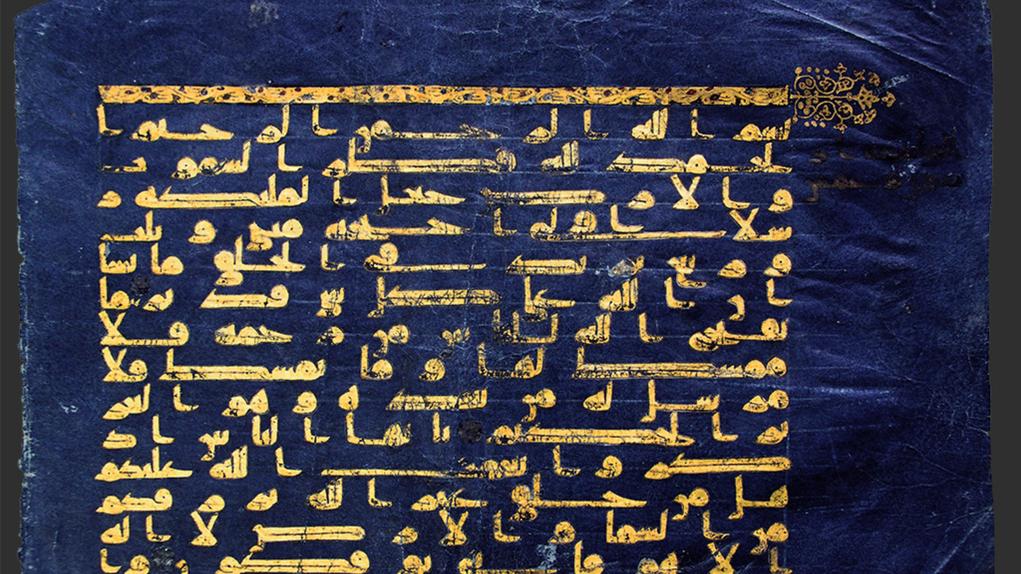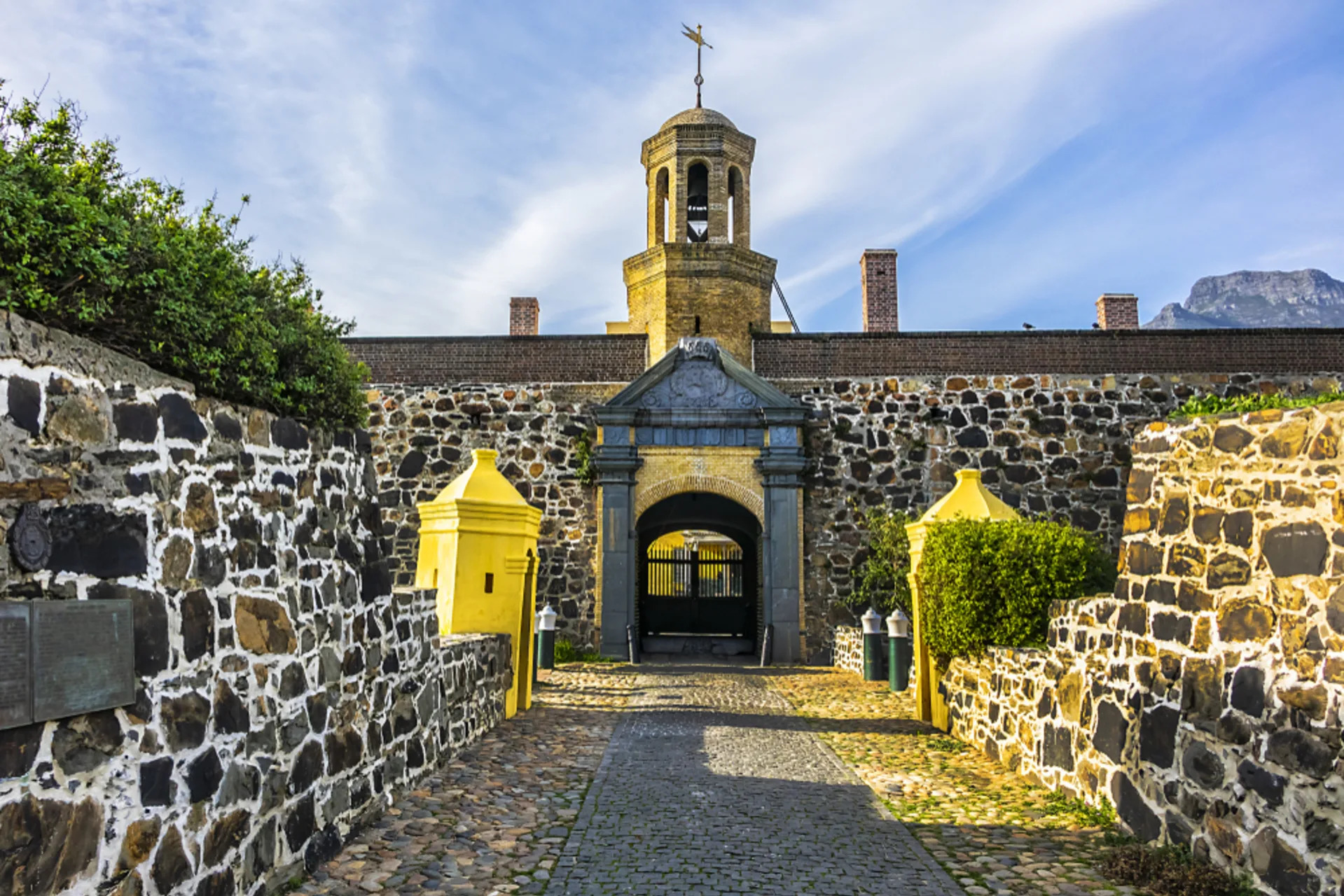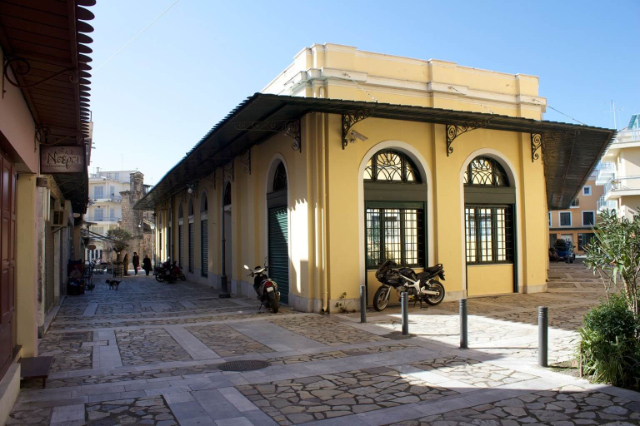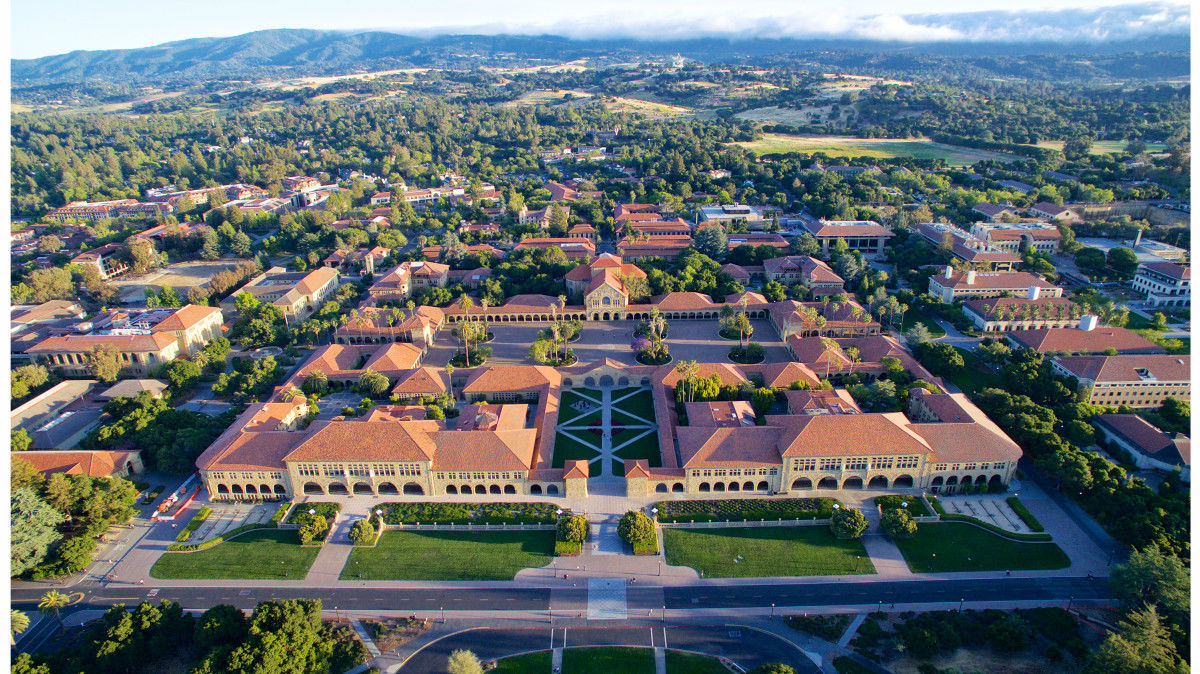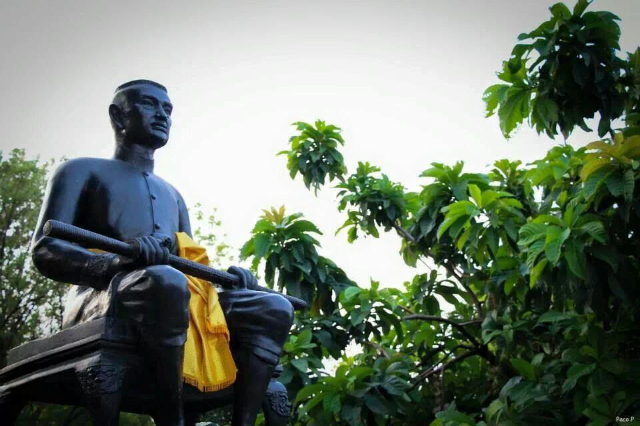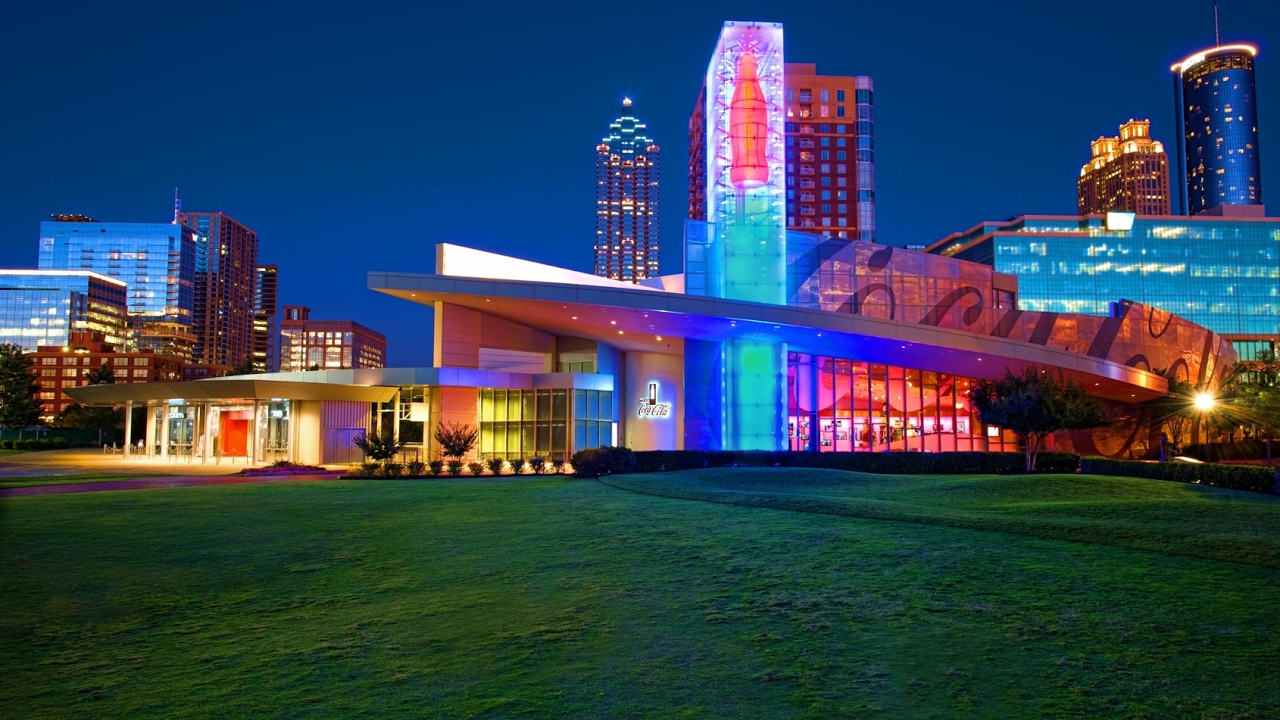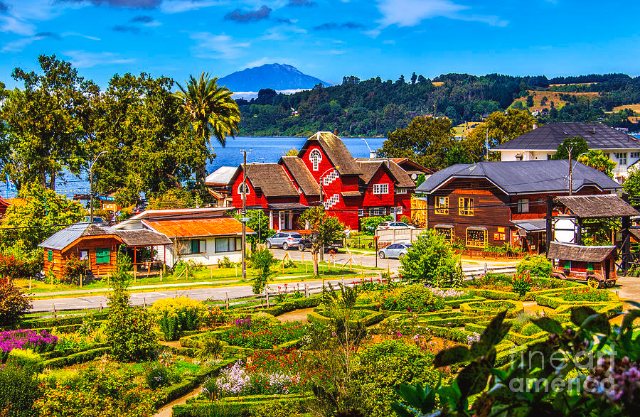The Blue Quran is one of the most famous and beautiful ancient Qurans in the world. The manuscript has been dated to between the late 9th century to the early 10th century; it has been dated as late as 1020 AD. It is believed that the Blue Quran was created for the Great Mosque of Qairawan in Tunisia.
The pages are written with gold ink on vellum colored with indigo, giving it a distinct blue color. Writing the Quran in gold on the blue vellum was most likely influenced by the elaborate official documents written by the Christian Byzantine Empire.
While much of the Blue Quran is preserved by different institutions, in 2012 and 2013 folios were sold at auction, with one folio reportedly selling for over $800,000.
Most of it is located in the National Institute of Art and Archaeology Bardo National Museum in Tunis, Tunisia; 67 folios in the Musée de la Civilisation et des Arts Islamiques in Raqqada, Tunisia; 1 folio at the Los Angeles County Museum of Art in California, USA;
